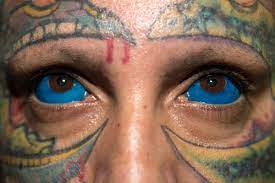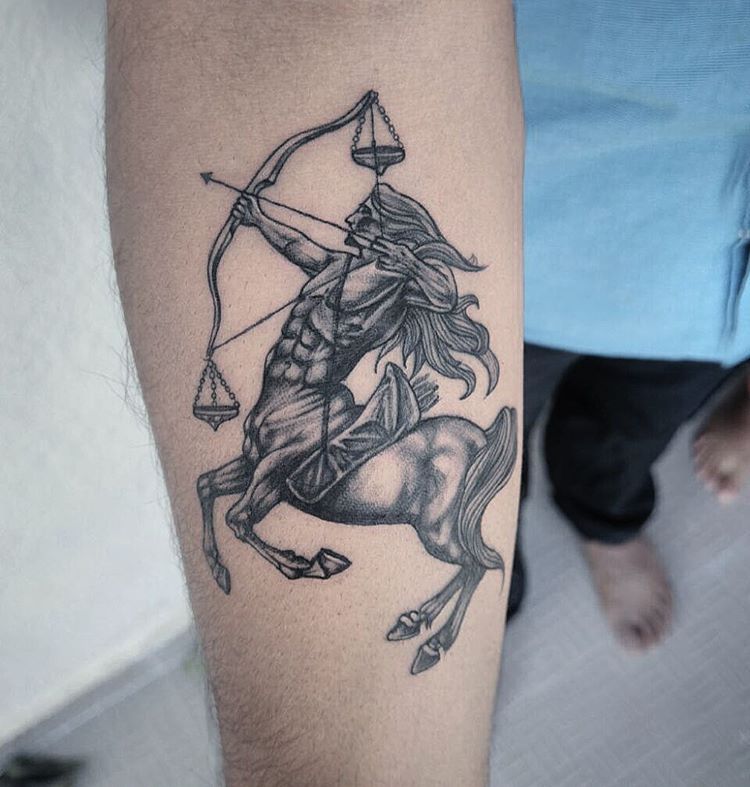
Eyeball tattoos, also known as sclera tattooing, are a growing trend in body modification. This practice involves injecting colored ink into the white of the eyes to change their color.
History
Eyeball tattooing, or scleral tattooing, has been around for a while. It involves tattooing the white part of the eye to achieve different aesthetic results depending on the person’s iris color. While some people may undergo this procedure for optical reasons, such as improving eyesight after disease or accidents, it is not medically approved and can result in severe complications.
Complications
Eyeball tattoos have gained popularity as an extreme body modification trend but come with serious risks. Poorly executed tattooing can lead to infections and inflammation, which can potentially cause blindness. Ophthalmologists undergo specialized training for diagnosing and treating eye disorders. At the same time, tattoo artists may lack the necessary expertise. There have been cases where people have experienced complications, such as the seeping of purple ink into the sclera, resulting in painful swelling and blurred vision.
Pain
Tattooing the eyes can be a painful experience, considering the delicate nature of the eyes. The tattoo needle usually goes through the bulbar conjunctiva layer, which is a thin skin covering the eyeball, to reach its target. Incorrect needle insertion can cause inflammation and vision loss. Medical experts strongly advise against this procedure, even if to change the eye color. There have been cases, such as the one shared by Catt Gallinger, where individuals have experienced partial blindness and purple tears after an unfortunate tattooing experience.
Results
Eyeball tattooing, or sclera tattooing, involves altering the color of the white part of the eye’s exterior surface. Unlike conventional tattoos that cover the skin, this procedure injects pigment beneath the bulbar conjunctiva.

